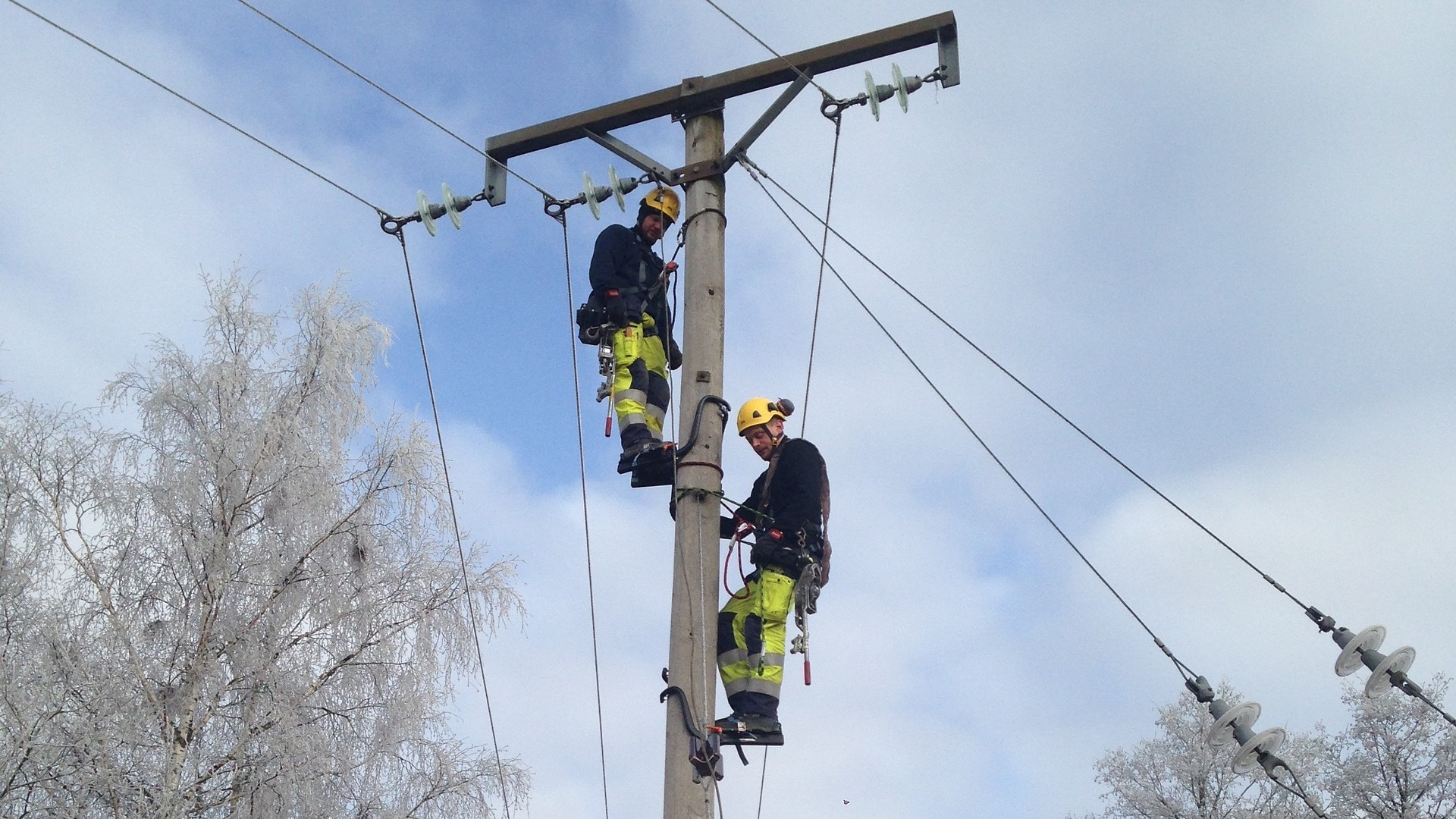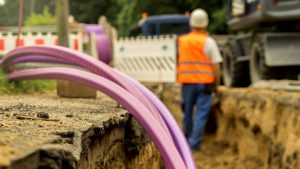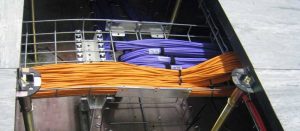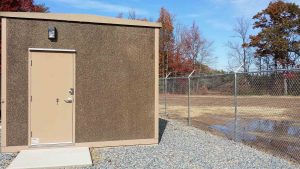Linesman Warm-up
It is not necessary for a linesman to warm-up prior to climbing a pole. Are you shocked? Climbing a pole is not like running a 10-k. You warm-up by climbing the pole, as a competitive runner and athlete I can tell you that prior to running a race I warm-up by running.
Stretching
It is not necessary to stretch prior to climbing a pole. However, stretching would benefit you after climbing the pole and performing your work. Professional athletes follow this regiment. I believe that a linesman have to be athletic in order to perform their jobs. Linemen should train like athletes, eat like them and have the same attitudes about teamwork, pride and determination.
Linesman Ascending Pole
The biggest mistake I have seen beginner climbers do is to take a big first step onto the pole. The pole goes all the way to the ground; therefore you only need start with a comfortable step onto the wood.
The first two steps establish the rhythm of the climb, typically 10”-12” steps are normal however some individuals, depending on their height will take a longer or shorter step. The right arm and right leg move in unison, as does the left side.
The toes are up and the knees are approximately a fist’s distance away from the pole. The hands and arms keep the climber on the pole; they DO NOT PULL the climber up the pole. This is a rookie mistake and leads to tension and muscle fatigue in the shoulders, biceps and forearms. The hands slide/glide up the pole.
The climber’s gaff should penetrate the wood at an angle that enables the gaff to maximize the shape and sharpness of the gaff. Gaffs should be sharpened/filed along the length of the shaft to insure that the original shape from the factory is maintained.
The optimal angle for penetration is one where the gaff penetrates at an angle of about 150 to 200 which is approximately the length of your fist between the knee and the pole (horizontally).
When ascending the pole it is imperative to look up, the beginning climber will always want to look down at their feet. However, you need to look where you are going. This will take time to develop at first, but it must still be emphasized to the climber.
Why do I have to look up? Because there are obstacles when ascending a pole, other facilities, conduit, freeways (Cracks in the pole that run vertically), etc, that requires the climber to navigate through this myriad amount of obstacles in order to get to the work location safely.
Additionally, in the power line industry it is imperative that the climber know how close they are getting to energized conductors and equipment.
Climb on the Quarters
It is imperative that the climber climbs on the quarters of the pole. If you were to look down the top of a pole it would be circular, now imagine two lines splitting the middle of the pole horizontally and vertically. You would have four quarters.
You must ascend and descend in these areas in order to maintain a safe and correct climbing technique. If the climber starts to climb on the halves of the of the pole they will not be able to maintain the proper knee distance away from the pole and this will affect your ability to keep your toes up, which in turn will affect the gaff penetration.
Conversely, if you climb with your feet too close together, heels close, this will also affect your ability to maintain proper technique. Additionally, when the heels are close the potential of you gaffing yourself increases, a.k.a. “Air-conditioning you boots”.
Linesman Descending Pole
Descending the pole involves the same skill sets, with a slight change in the mechanics. When descending the pole it is necessary to take a longer step down and drop into a “locked leg”. As I have stated earlier, you must look where you are going, if you are ascending-look up-, when descending-look down.
Another important point is to make sure that your safety strap is hanging in such a manner so as not to impede your descent. More than one lineman has stepped into his safety on the way down, and this can lead to some bad results, like falling off the pole.
Shorten the safety so that it cannot hang so low as to provide a loop that you can step into. Turn your belt to the side, for example a right-handed individual typically wears the safety on the left side.
Take your body belt and turn it to the left slightly so that the D-ring is located slightly more towards your rear-end. In my old body belt I could literally turn the D-ring backwards so as to keep it in the clear when I was descending.
Descending the pole requires the climber to take a longer step down than when ascending. Ascending is a 10”-12” step, whereas descending is an 18”- 24” drop into a straight leg. Of course these are general rules, depending on your size, the length of your legs, etc, you may have a longer or shorter climbing stride.
As a climber I am only 5’ 9” tall, however over the years I have found that taking a longer stride is more fluid and efficient for me. Plus the fact is that when I take longer strides it takes fewer steps to ascend and allows me to conserve energy.
When you are descending and rolling the knee out, simultaneously you must drop the same arm, also the shoulder will roll/travel down too. The lineman will look down and aim his gaff at the appropriate quarter of the pole and drop into a straight leg.
The leg is straight momentarily, enough to insure the proper gaff angle and to penetrate the wood. As the gaff hits the wood the lineman must continue his descent by repeating the same technique on the other side.










